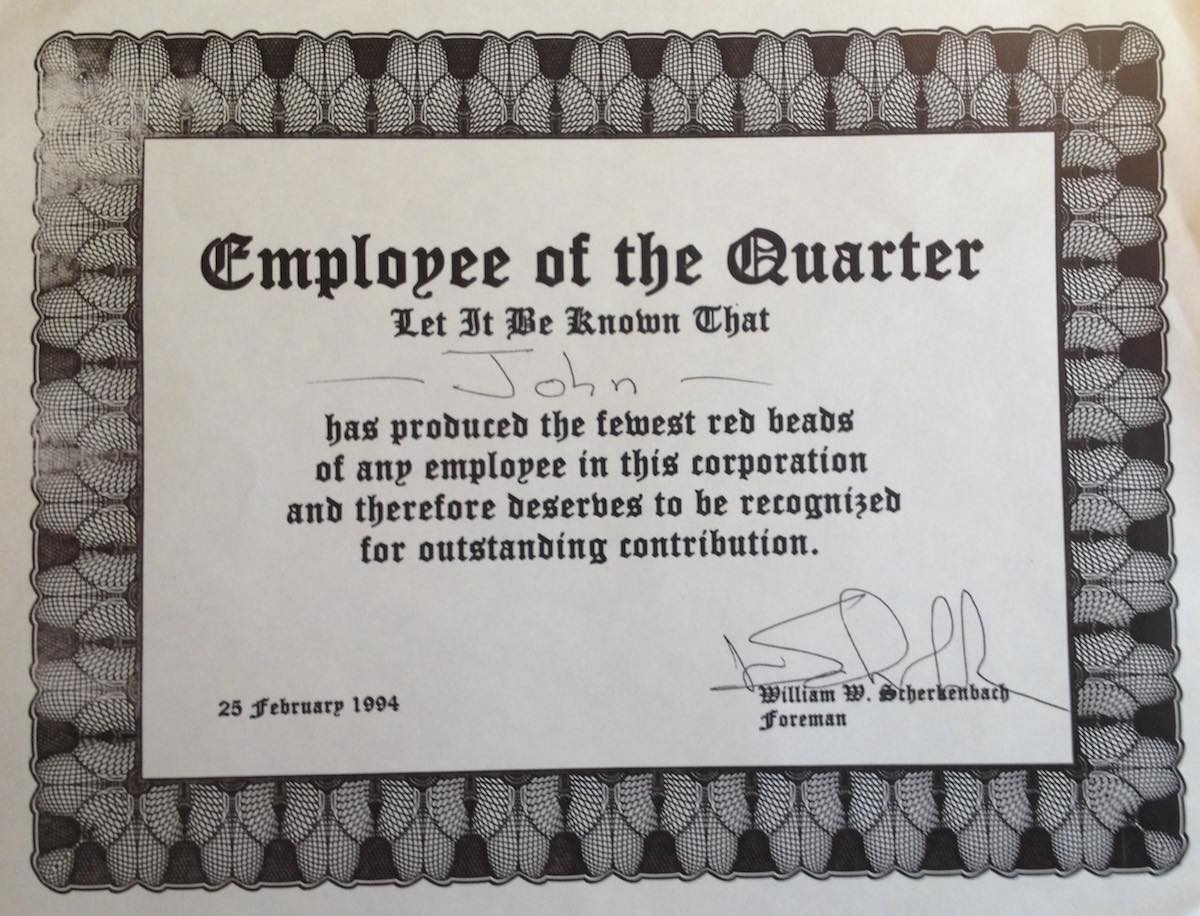Watch this presentation by George Box at the 1st Annual Hunter Conference on Quality: Bill Hunter and the Quality Movement.
In the presentation George discusses interesting student design of experiments projects; read more on those efforts in 101 Ways to Design an Experiment, or Some Ideas About Teaching Design of Experiments.
To read more about the quality management efforts in Madison, Wisconsin see: Doing More With Less in the Public Sector: A Progress Report from Madison, Wisconsin and Quality In The Community One City’s Experience. Madison played a special role in the quality management movement in the USA. Those efforts made a visible difference in the practice of management we see in the world today.
George quoted a passage from Out of the Crisis by W. Edwards Deming that quotes Mayor Joe Sensenbrenner (who gives the introduction in the video) after the city mechanics convinced him of the need for a comprehensive preventive maintenance program:
You know how to find problems, you know how to solve them, and you wish to solve them. We should get out of your way and let you do it. I am very impressed with what you have shown us here today, and we are going to extend these methods to other departments in the city. I see no reason why they should not also be used in state and federal government.
George also discussed the Center for Quality and Productivity Improvement (that Bill and George established at the University of Wisconsin). Reports by George and Bill that were published by the Center are available online.
George’s closing statement:
We carry in our hearts the inspiring memory of not only a scholar but a man that was resourceful, warm, skillful, courageous, optimistic, helpful, enterprising and generous. His career was whole and balanced in a way that is rare and as we grieve his death we also celebrate the life of a remarkable man.
George also spoke at the speaker’s dinner for this conference and his remarks were published as William G. Hunter: an Innovator and Catalyst for Quality Improvement.
Special announcement: I will be speaking at George Box’s Centenary Celebration [the broken link was removed], 18 October 2019 in Madison, Wisconsin. The UW Department of Statistics will be hosting the one-day conference.
Related: Comments from others on working with Bill Hunter – My (John Hunter) start with quality management – Quality Comes to City Hall – The Aim Should be the Best Life, Not Work versus Life Balance – Positivity and Joy in Work









